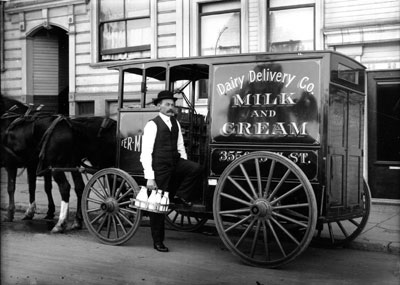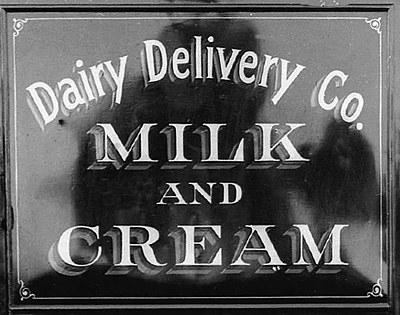Whoever did the paint job knew what they were doing!


Moderators: Ron Percell, Mike Jackson, Danny Baronian


Doug, do you have Photoshop? I think everybody knows about the levels feature, but it was fairly recently that I discovered how to use it without making the photo too dark or too washed out. I've always slid the right arrow(lightness) to the left and the left arrow (darkness) to the right. But, it turns out that it's that center arrow (midtones) that can bring detail out of the shadows with a fair amount of detail.Doug Fielder wrote:Thanks for sharing those beautiful pictures, I love to go to the Shelburne Museum here in VT to look at all the old coaches, carriages and sleighs. Absolutely fabulous lettering and stripe work on them. There are even a couple of butcher wagons and even a police paddy wagon? If I can get pictures, I will post them here. All the barns where they are kept are dark and they don't like flash photography. So, if anyone does come up or out here, it is well worth the admission fees.

